In the realm of travel destinations, few places have experienced the meteoric rise in popularity that Iceland has seen over the past few decades. Once a remote and relatively unknown Nordic island, Iceland has transformed into a global travel sensation, drawing millions of visitors each year with its stunning landscapes, unique culture, and unparalleled natural wonders. However, with this surge in tourism comes a new set of challenges, particularly the strain on the country's most visited sites. As a result, Iceland is now encouraging travelers to explore its less-known regions, particularly the breathtaking and culturally rich north.
In the early 1990s, Iceland was a niche destination, hosting just over 130,000 visitors annually. By 2023, this number had skyrocketed to 2.21 million, far exceeding the country's population of around 380,000. This dramatic increase is attributed to a combination of effective marketing campaigns, viral social media exposure, and the sheer allure of Iceland's natural beauty. The 2014 #MyStopover campaign, which turned layovers into week-long adventures, played a pivotal role in this transformation. Images of steaming hot springs, glacier lagoons, and volcanic black-sand beaches flooded Instagram, placing Iceland firmly on every traveler's bucket list.
However, with great popularity comes great responsibility. The surge in tourism has led to concerns about overtourism, particularly in popular spots like Reykjavik, the Blue Lagoon, and the Golden Circle. The strain on infrastructure, environment, and local culture has prompted a national conversation about sustainable tourism. One solution is to encourage visitors to venture beyond these well-trodden paths and explore the lesser-known regions of Iceland, especially the north.
The northern part of Iceland offers a quieter yet equally spectacular alternative to the capital. With its dramatic fjords, geothermal hotspots, and charming towns like Akureyri and Húsavík, the north provides a gateway to breathtaking landscapes without the crowds. Húsavík, in particular, stands out as a must-visit destination. Known as the whale capital of Europe, this small coastal town was once a hub for the whaling industry. Today, it has transitioned to a more sustainable and visitor-friendly model, with many former whaling boats now converted into whale-watching vessels.
"I've been told there's a 97% chance of seeing a whale on any trip you take here," said BBC Travel Show presenter Roma Wells. "Depending on what time of year you visit, you can see all sorts of different species." Húsavík's whale-watching tours are not only educational but also environmentally friendly, with many vessels using electric engines to minimize disturbance to marine life. This commitment to sustainability reflects Iceland's broader efforts to balance tourism with environmental protection.
Beyond its natural wonders, the north of Iceland is a treasure trove of history and culture. In the town of Sauðárkrókur, visitors can explore the 1238: The Battle of Iceland—a museum and virtual-reality experience that transports guests back to the renowned Battle of Örlygsstaðir, recounted in one of Iceland's most famous sagas. The exhibition includes historical artifacts from the 11th century, offering tangible proof of the country's Viking past. "Every generation has the responsibility to preserve history and to mediate it in a way that can be understood," said museum manager Freyja Rut. "We need to use technology to make it more interesting."
Another iconic piece of Iceland's heritage can be found in its turf houses. These grass-covered dwellings, inspired by Viking longhouses, blend seamlessly into the landscape, appearing almost like something out of a fairy tale. Built with wood and stone and insulated with thick layers of turf, these homes are a testament to the resilience of Icelanders who adapted to the harsh climate with ingenuity. The north is home to some of the country's finest examples, including the Glaumbær turf farm and the striking Víðimýri Turf Church.
Sheep farming and knitting are also central to Icelandic heritage. The region's hardy, free-roaming sheep—descendants of those brought by Viking settlers—produce the wool used for Iceland's famous lopapeysa sweaters. Recognized worldwide for their warmth and distinctive circular yoke patterns, these sweaters are a living connection to Iceland's pastoral traditions. "Icelandic people only survived here because of the sheep," said Hélène Magnússon, one of the country's leading knit designers. Visitors interested in purchasing an authentic lopapeysa sweater should look for a label that says "Handknitted in Iceland," a mark of quality that often includes the knitter's name. Operators like Green EdVentures offer tours where travelers can learn more about Icelandic life and practice their knitting skills with a local lopapeysa expert.
As tourism continues to grow, Iceland faces the dual challenge of preserving its environment and culture while welcoming visitors. In 2017, the country proposed the Icelandic Pledge, which encourages responsible and considerate behavior among tourists. This initiative, combined with efforts to promote less-visited regions, aims to ensure that Iceland remains a top destination without further damage to its local ecosystem or culture.
In a world where travel often means seeking out the next big thing, Iceland's northern region offers a refreshing alternative. It is a place where history and nature intertwine, where sustainability and tradition coexist, and where visitors can experience the true essence of Iceland without the crowds. Whether it's whale-watching in Húsavík, exploring Viking history in Sauðárkrókur, or learning to knit a traditional lopapeysa sweater, the north of Iceland promises a deeper and more authentic connection to this remarkable country.
As Iceland navigates the complexities of its tourism boom, the northern region stands as a beacon of hope—a reminder that true discovery lies beyond the beaten path. For travelers seeking more than just a postcard-perfect experience, the north offers a journey into the heart of Iceland's soul, where the past and present converge in a landscape as beautiful as it is unspoiled.
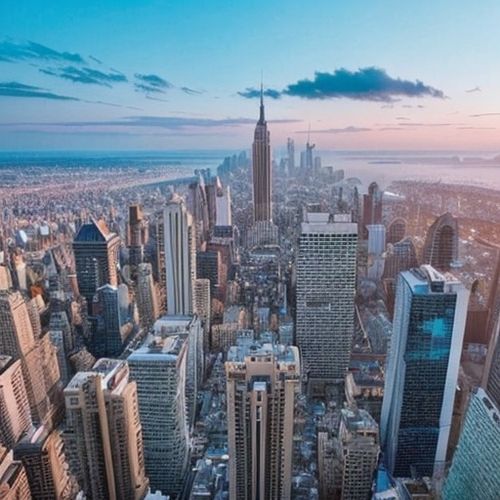
By Noah Bell/Feb 25, 2025
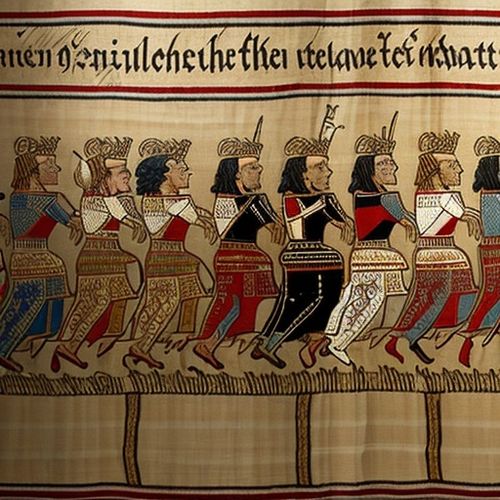
By Natalie Campbell/Feb 25, 2025
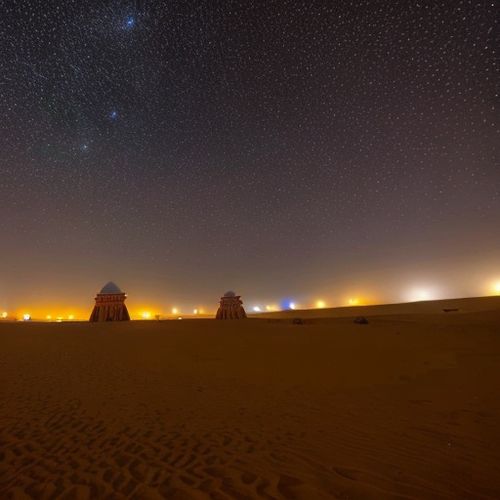
By Laura Wilson/Feb 25, 2025
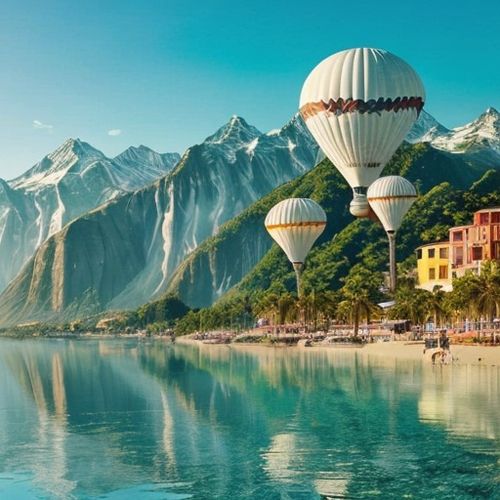
By John Smith/Feb 25, 2025
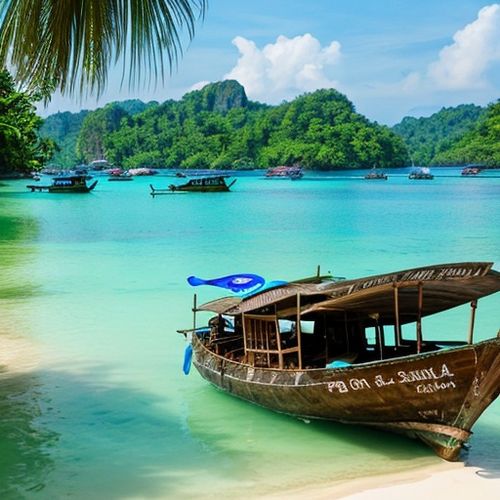
By Lily Simpson/Feb 25, 2025
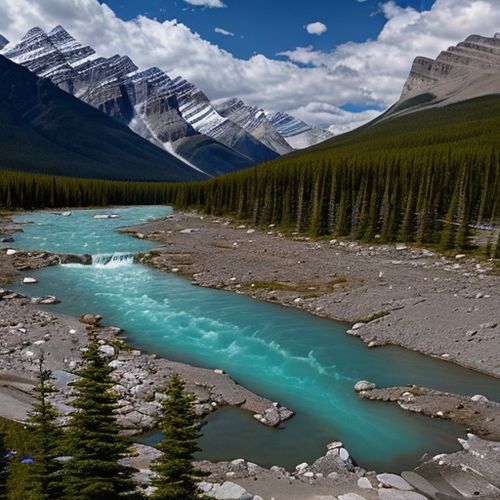
By Jessica Lee/Feb 25, 2025
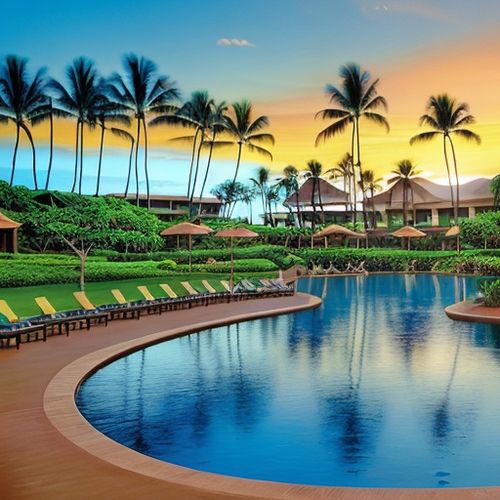
By John Smith/Feb 25, 2025
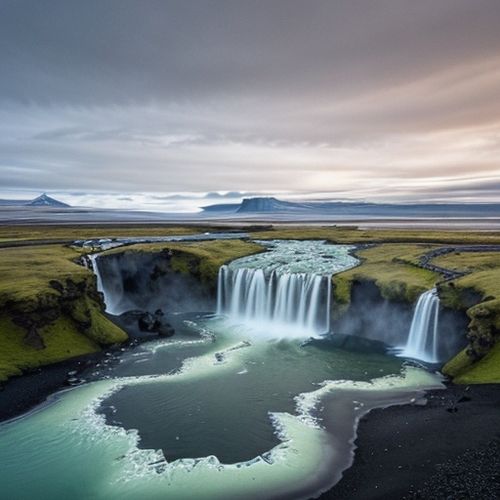
By Rebecca Stewart/Feb 25, 2025
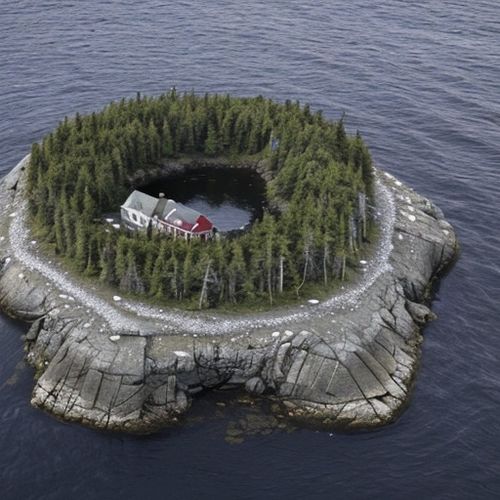
By Rebecca Stewart/Feb 25, 2025
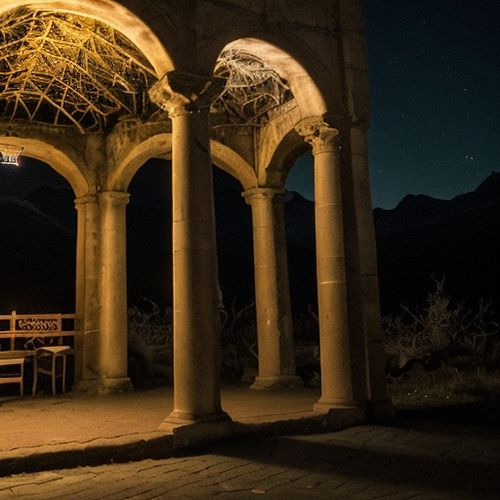
By Daniel Scott/Feb 25, 2025
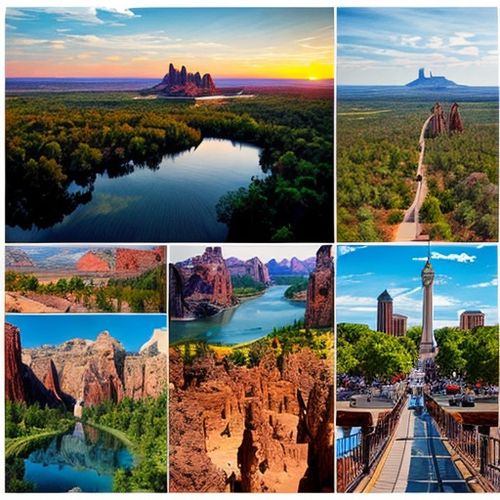
By Ryan Martin/Dec 23, 2024
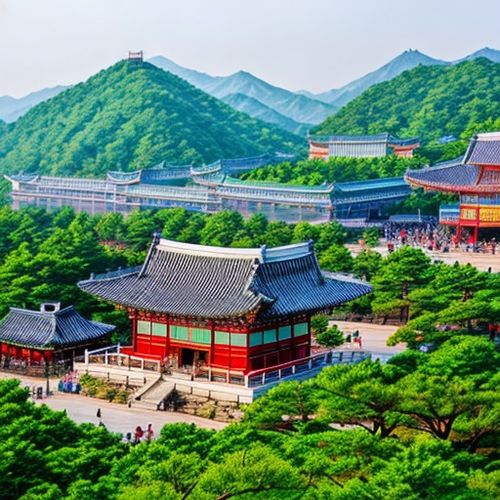
By Emma Thompson/Dec 23, 2024
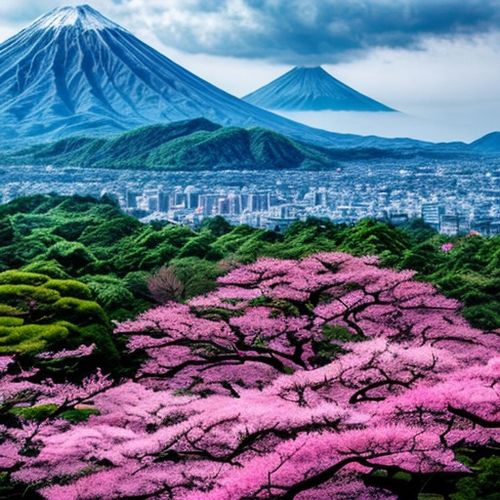
By Sophia Lewis/Dec 23, 2024
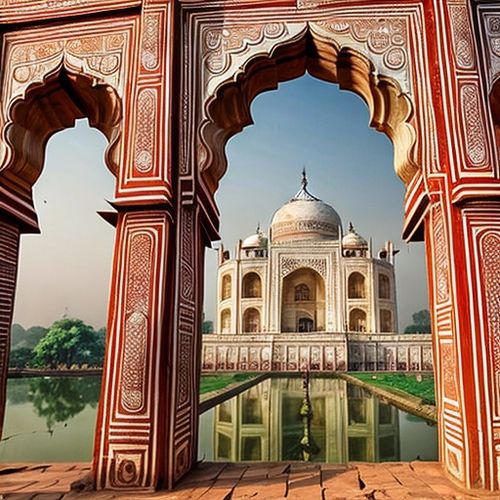
By James Moore/Dec 23, 2024

By Benjamin Evans/Dec 23, 2024
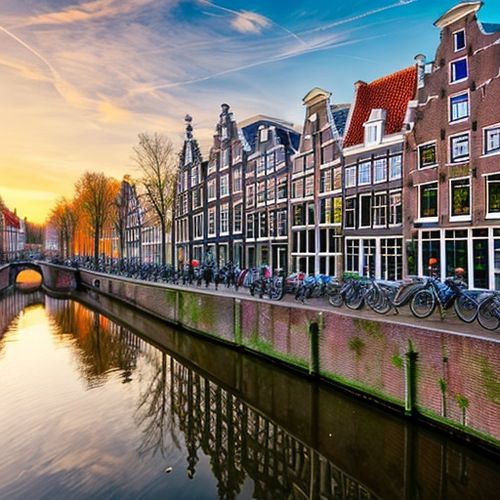
By John Smith/Dec 23, 2024
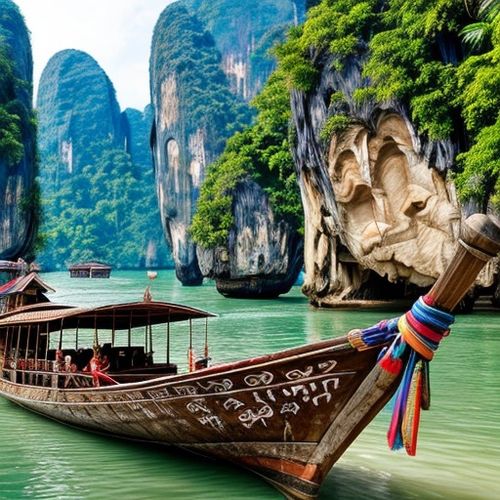
By William Miller/Dec 23, 2024
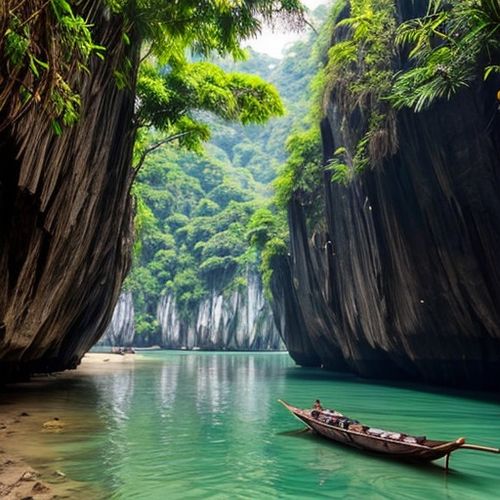
By Michael Brown/Dec 23, 2024